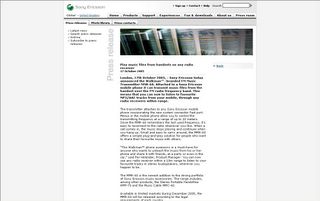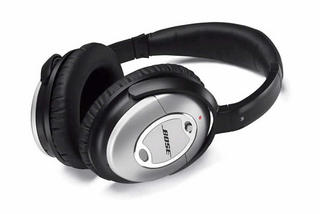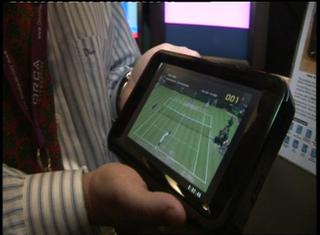
TASCAM HD-P2
The HD-P2 from Tascam is now shipping apparently...supposed to be a lot cheaper than Marantz. I like the look of the display.
So what's the best equipment for storytelling, especially if you're in broadcasting? These are the reports on my safaris. Interested in your road-trip experiences too.














A couple of weeks back, Guido van Nispen showed me what looks like a great gadget for both radio and podcasters. It is going to cost 500 Euros(including BTW, plus the cost of memory cards. My first impressions about an 8 minute play around - looks good, although the colour looks a bit cheap. Technically it is a nice piece of equipment and very easy to use! The unit has professional input jacks (balanced) for an external mike (internal one is really only emergency quality), and 2 hours of battery life between charges. (The brochure claims 8, but Guido (who has the only prototype in Europe) has other experiences). You can get about 8 hours of excellent quality MP3 and WAV recordings on a 1 GB flash memory.
MP3 recording rates possible: 96 to 320kbps at 32, 44.1 or 48kHz
PCM (linear) recording possible : 16 or 24-bit at 32, 44.1, 48, 88.2 or 96kHz
The company M-Audio is owned by Avid. Dealers in Europe, including Mafico in the Netherlands, tell me the first production units expected at the end of November -early December at the earliest. The unit is made in China. There does not seem to be a way (on the prototype) to double the left or right channel to get full-track mono. We've passed that suggestion on to the manufacturers...would be useful.
Another death knell for the Sony Mini-Disc in this branch of the business.








 Now this is interesting. Logitech wants to sell a new generation of webcams that record video at 1.3 Megapixels and have noticeably improved audio (there is better echo cancelling software which is handy if you want to use Skype without headphones).
Now this is interesting. Logitech wants to sell a new generation of webcams that record video at 1.3 Megapixels and have noticeably improved audio (there is better echo cancelling software which is handy if you want to use Skype without headphones).









 As an independent producer, I want to save as much money on studio time, so preparation is the key.
As an independent producer, I want to save as much money on studio time, so preparation is the key.


 I’d like to share some screen news …starting with a rather unusual projector Wim Van der Hoeven of Mitsubishi Electric in The Netherlands showed me something they’re planning for Christmas for 700 Euro…
I’d like to share some screen news …starting with a rather unusual projector Wim Van der Hoeven of Mitsubishi Electric in The Netherlands showed me something they’re planning for Christmas for 700 Euro…